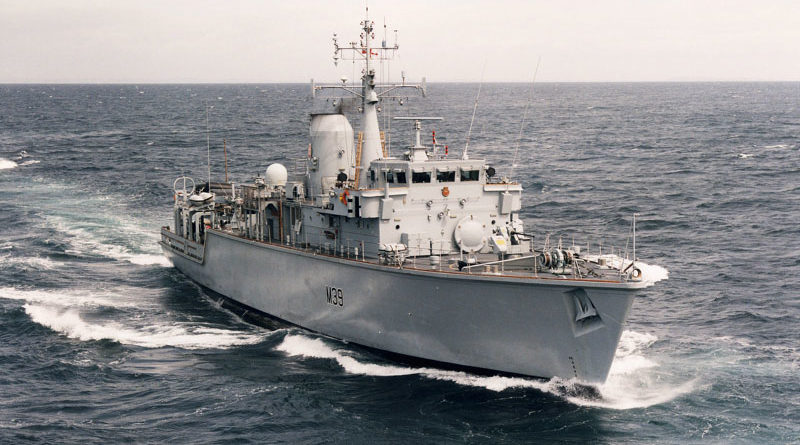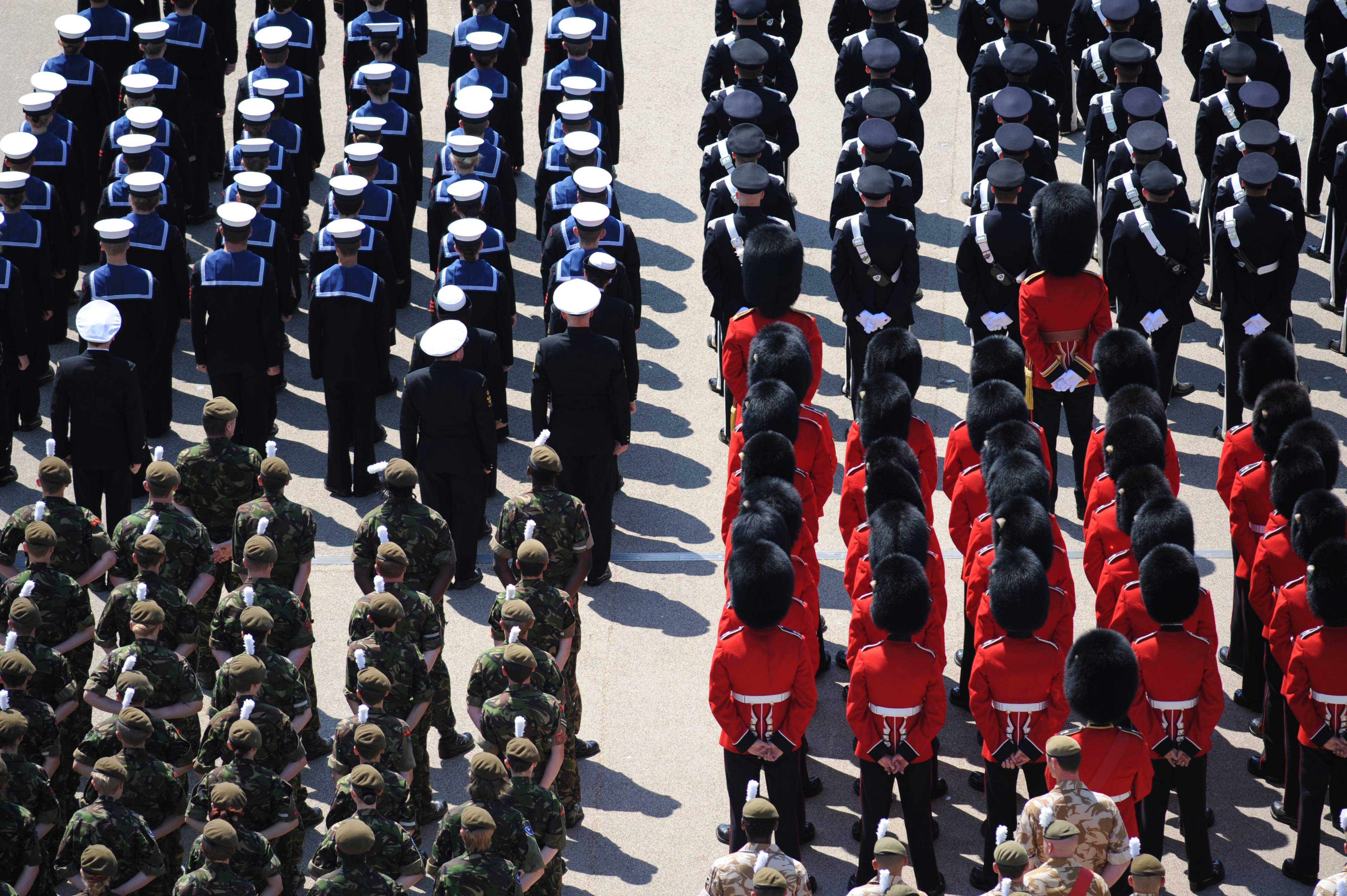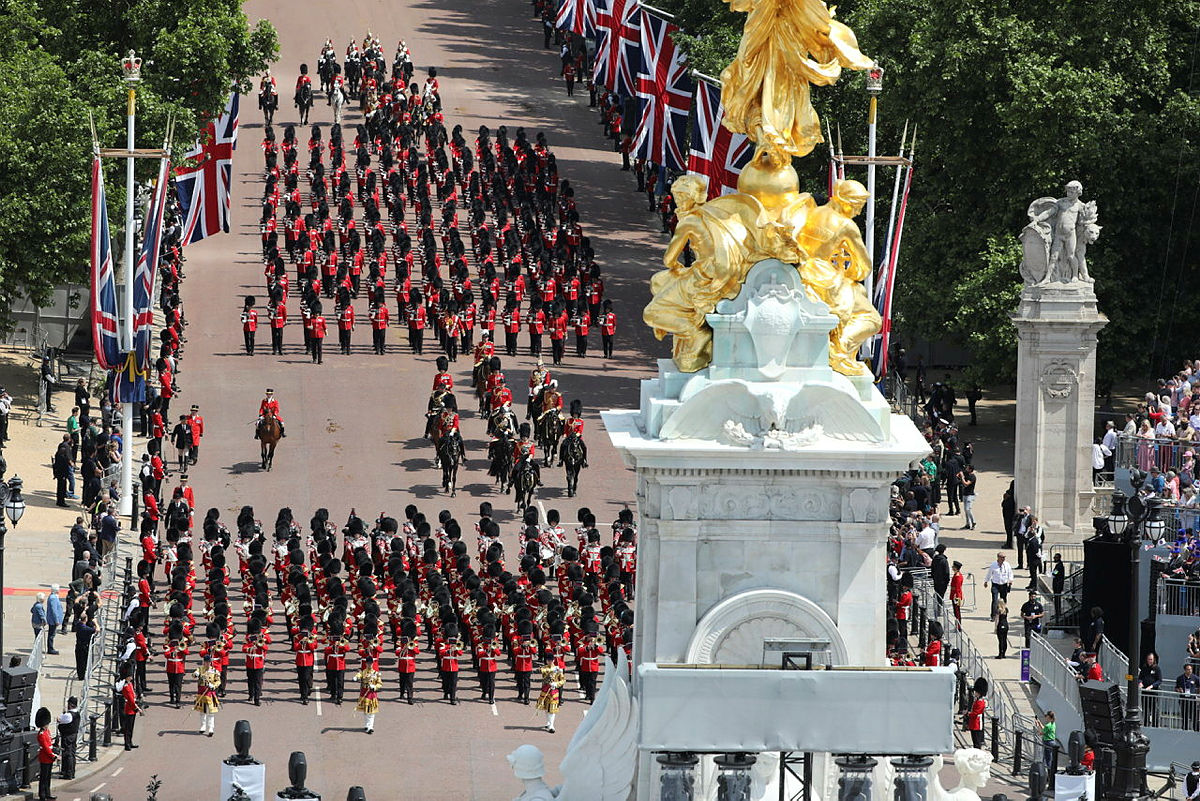During the 1990s the Royal Navy had two classes of off-shore patrol vessels: Island-class and Castle-class. In 1997, however, these were replaced by River-class which featured much larger vessels.
The largest patrol vessel is HMS Protector which is a dedicated Antarctic patrol ship. There are also mine counter-measure vessels currently in service, including: the Sandown-class mine-hunters and the Hunt-class vessels.
Hunt-class vessels have mechanical devices known as ‘sweeps’ used for disabling mines, while modern ships are soundproofed to reduce the chances of detonating the mines.
Minesweeper vessels differ considerably to minehunter vessels. While minehunter vessels detect and neutralise mines, minesweepers clear open waters containing large numbers of mines. Both vessels are formally referred to as mine counter-measure vessels (MCMV).
There are various Royal Navy bases for the Mine Counter-Measures Squadron. HM Naval Base Clyde and Faslane are two of them. The First mine Counter-Measures Squadron (MCM1) recently received the Surface Flotilla Efficiency Trophy for keeping sea lanes safe from mines.
When operating overseas, the UK’s Mine Counter-Measures forces are supported by the Royal Fleet Auxiliary (RFA). Usually ships spend three years on deployment and the crew changes every six months. At the end of the three year period the ships swap and another vessel takes over.





